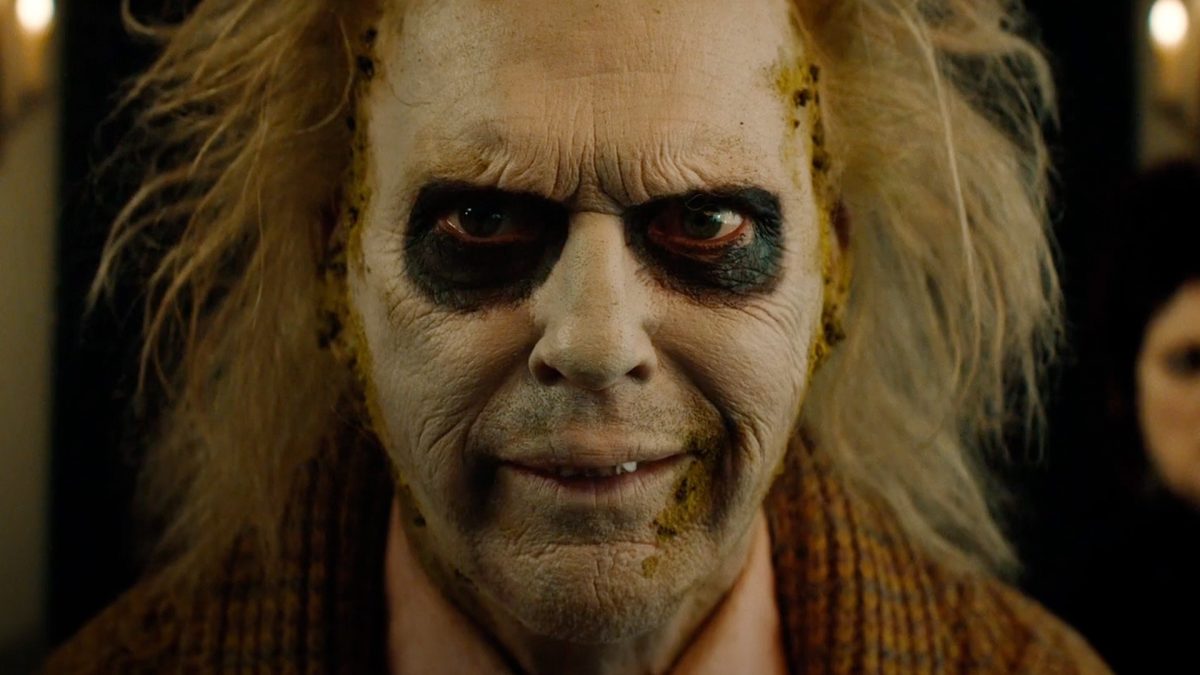Americanized chain restaurants are killing the global authenticity of food
April 16, 2014
With each new greasy restaurant popping up, it’s safe to say that McDonald’s is taking over the world one clogged artery at a time. As the latest branches have spread into countries such as Vietnam for the very first time, it’s made some burger-lovers take a step back and think: are we letting this fast food chain (and other fatty restaurants) kill unique culture and cuisine?
Think about it: Ho Chi Minh City, the Vietnam version of “the city that never sleeps,” has thousands of localized restaurants and bars that never close. Its eateries are famous for authentic cuisine and home-grown produce. And now, they get to have a 24-hour drive-through McDonald’s plastered near the center of District 1, serving slimy burgers and fries round the clock.
Yes, many Vietnamese people lined up to enter the American grease joint for the first time, but that hasn’t stopped The World Health Organization from being concerned. The fact of the matter is, obesity has spread ridiculously quickly across the globe and fast food chains are just adding fuel to the fire. Obesity kills around 2.8 million people a year, slowly overtaking smoking as America’s number one killer.
People reserve the right to eat a fried mess at McDonald’s, but maybe they should take a look at the consequences first. The corporation supplying the “food” is making billions and watching customers heighten their chances at heart disease and diabetes with each bite. Since McDonald’s wants to spread the greasy love and America’s unhealthy habits to other gullible consumers, the company has coined the term “Global Realization” to conquer the fast food industry over-seas. And boy, have they succeeded!
Currently, McDonald’s holds the title for the biggest fast food chain in the world with 32,000 outlets in 117 different countries. But with that power, comes responsibility… and frankly, McDonald’s has handled the westernization quite well. Each outlet has Americanized versions of local cuisine. For example, French McDonald’s serve rabbit and Middle-Eastern McDonald’s don’t serve beef or pork products.
However, this adaptation doesn’t excuse the corporation’s crime of killing authenticity around the world. This is a scenario that America knows all too well. When the fast food restaurant first became a chain nearly 50 years ago, few believed the operation would catch on. Before anyone knew it, those golden arches started to pop up across the nation. First, the outlets hit big cities and catered to large populations. Then, the red and yellow buildings started to appear in small towns, closing those mom-and-pop American diners and making way for innovation in the form of burgers.
Now, over half the population of America lives within a three minute drive of a McDonald’s and marketing research show that children can recognize the brand logo often before they respond to their own name. Across the nation, unsanitary playgrounds can still be seen connected to the buildings, clearly showcasing the company’s appeal to children. Outside the USA, McDonald’s offers a bite of the American Dream.
It’s no wonder that McDonald’s has become an international sensation for fast food– the restaurant appeals to just about everyone. Their success has globalized countries with unique culture, simply to earn more money. With every passing hour, the obesity rates across the world rise and because corporations such as McDonald’s are too large to be stopped– the only thing anyone can do is hope that the American grease doesn’t completely kill traditional cuisine. Quite frankly, it’s a miracle that there’s still cultured food left for the people who actually appreciate a great tasting meal.














Jack • Jul 30, 2021 at 5:48 pm
Seldom eat a burger and try hard to stay away from McDonald’s and others.